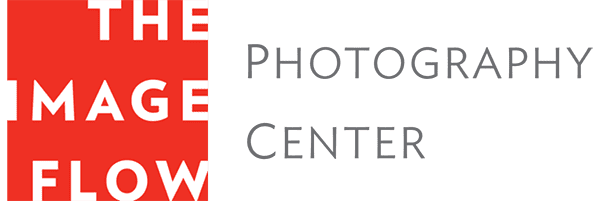No products in the cart.
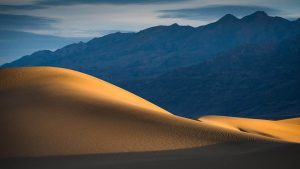
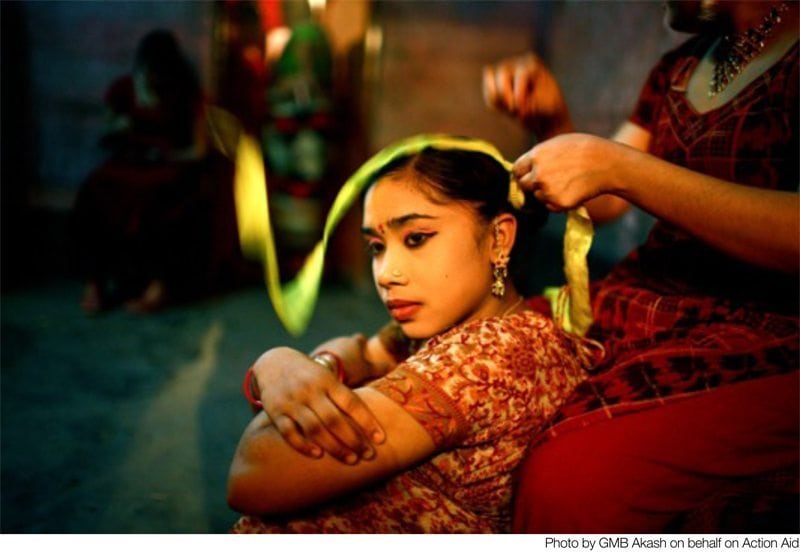
The live judging of PhotoPhilanthopy’s Activists Awards (at The Image Flow January 26) has turned our attention to the history of photojournalism.
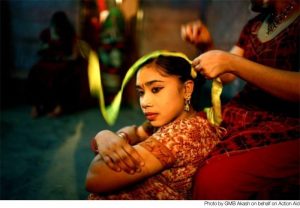
PhotoPhilanthropy, now CatchLight, is a Private Family Foundation whose mission is to “…address critical social and environmental issues by providing nonprofits and photographers with the resources to work together to create images that drive social change around the world.”
PhotoPhilanthrophy extends an open invitation every year for its ‘Activists Awards”. The submissions don’t have to be connected to projects funded by or connected to Photophilanthropy. They do however need to be a documented collaboration with a non-profit.
This will be an amazing day of looking at powerful images and hearing insightful conversations about them with an impressive panel of judges, listed here.
Like a regular journalist, a photojournalist’s job is to document a real story in the most authentic way possible and with complete journalistic integrity. Photojournalism is a visual report of facts and aims to inform society the same way journalism does.
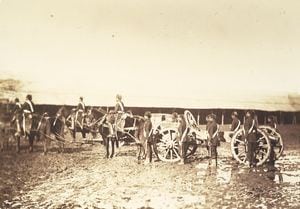
Most historians agree that photojournalism began in the 1850s with the Romanian painter and photographer Carol Szathmari. Engravings, created from his photographs, documented the Crimean War. Similar engraving techniques were also used by photographer Mathew Brady during the US Civil War.
The 1920s brought technical advances that set the stage for the “golden age” of photojournalism between the 1930s and the 1960s. The availability of the compact 35mm Leica camera in 1925 and the access to commercial flashbulbs in 1927 enabled photojournalists to cover events they weren’t able to before.
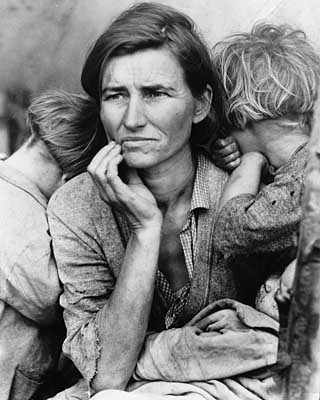
The great depression was the subject of a powerful photojournalistic story. In 1935, the FSA (Farm Securities Administration) hired a number of photographers to document life on the farm to educate the public on their plight. Dorothea Lange, Walker Evans and Gordon Parks are famous for their incredibly moving images from this project. (The Library of Congress has over 175,000 images from the FSA in their digital catalog. Click HERE to view.
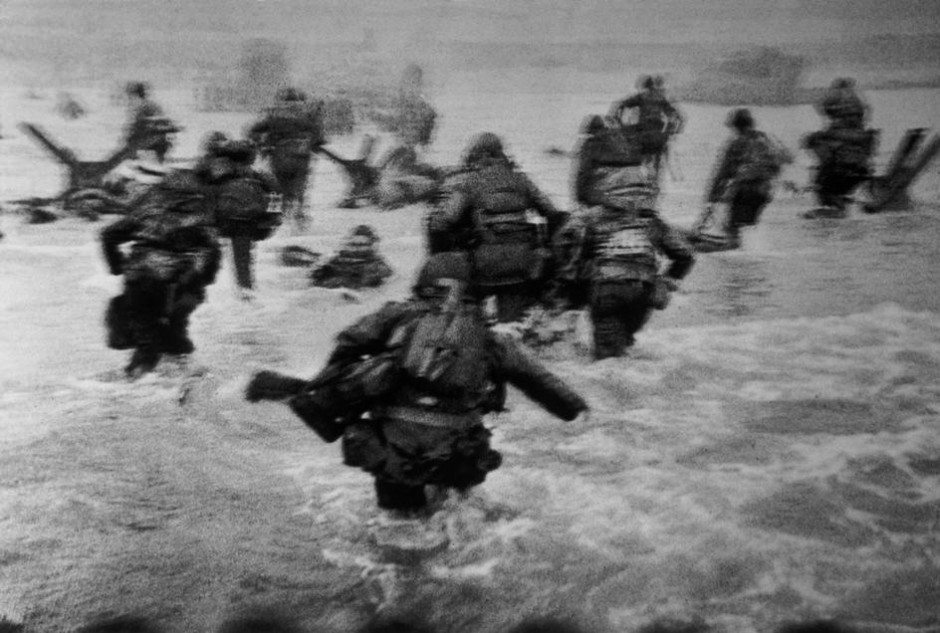
World War II was another event that saw unprecedented coverage by photojournalists, notably W Eugene Smith and Robert Capa. Both men risked their lives and were wounded in their efforts to document the war. Other photojournalists who become household names during this period were Ramano Cagnoni, Alfred Eisenstaedt, and Margaret Bourke-White. Life and Time Magazine, to name a few, played an important role in bringing photojournalism to the public.
In 1972 Life Magazine stopped its weekly publication (completely folding in 2001). Many heralded this as the end of photojournalism, but it has thrived with the advent of new technology. The digital medium has made photojournalism even more accessible. Time LightBox is a great example of an online photojournalistic site.
In our next blog, we’ll cover some of the authenticity issues of photojournalism in the digital age.
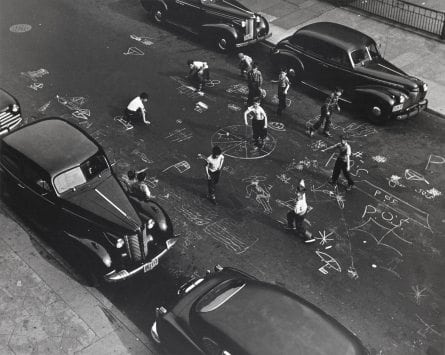
In the mean time, you can see some examples of the “golden age of photojournalism” at The Contemporary Jewish Museum in SF. Their current exhibit, The Radical Camera: New York’s Photo League, 1936–1951, is open until Jan 21.
From 1936-1951 the group “mirrored monumental shifts” in the US from the Depression through WWII and finally with the Red Scare. The 400 or so Members, including Berenice Abbott, Consuelo Kanaga, Lisette Model, Aaron Siskind, Weegee, believed in the expressive power of photojournalism.

